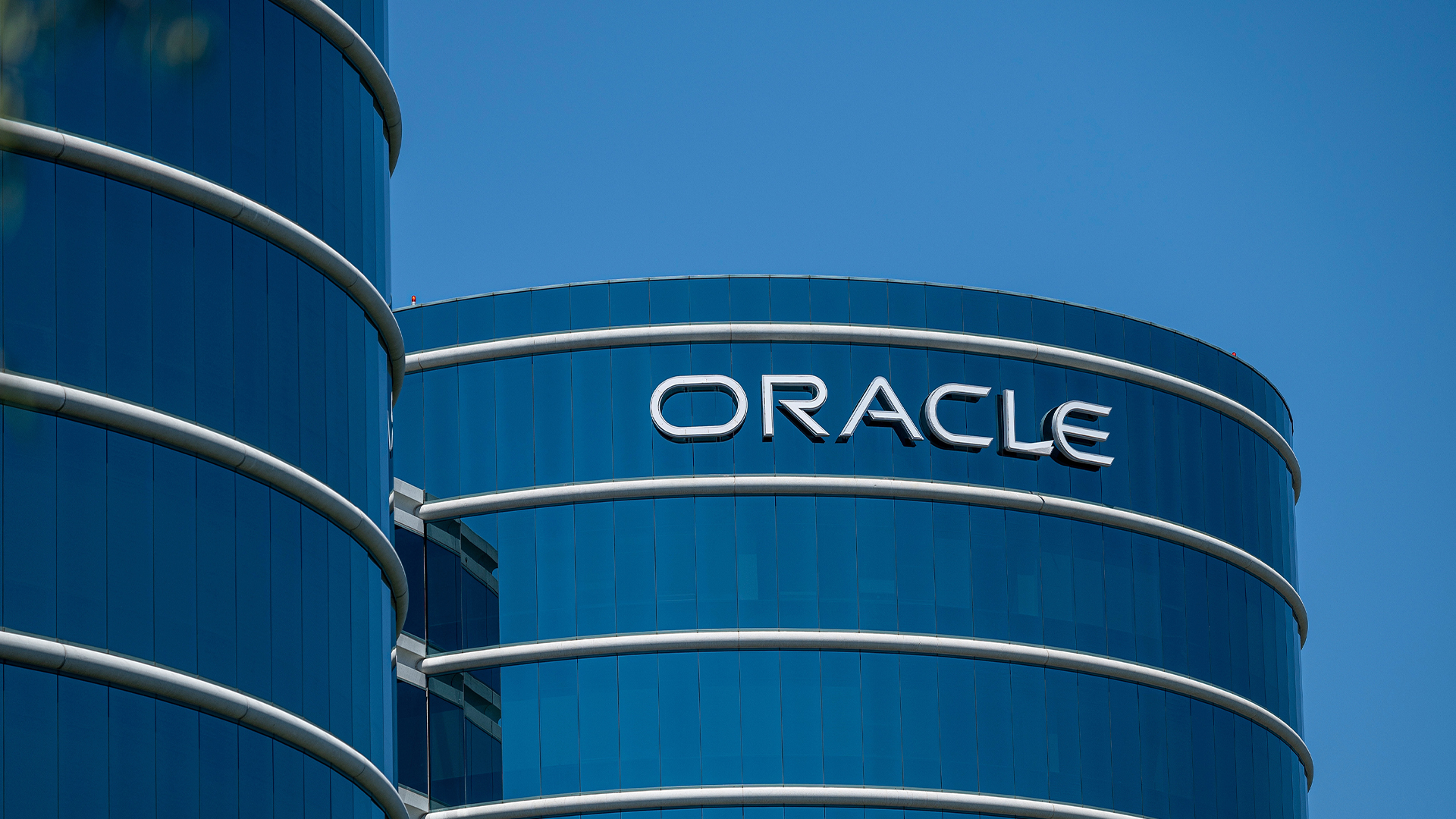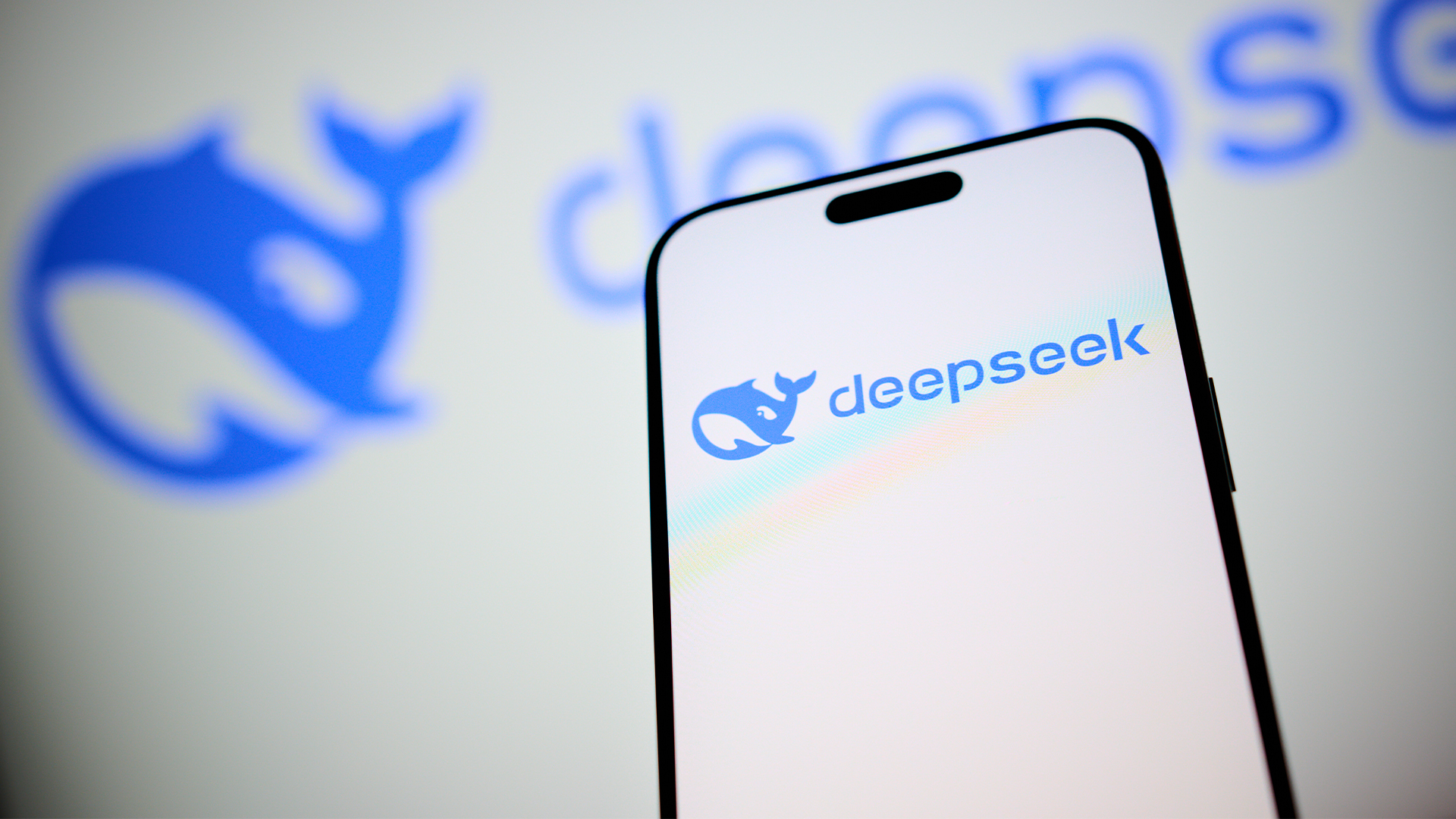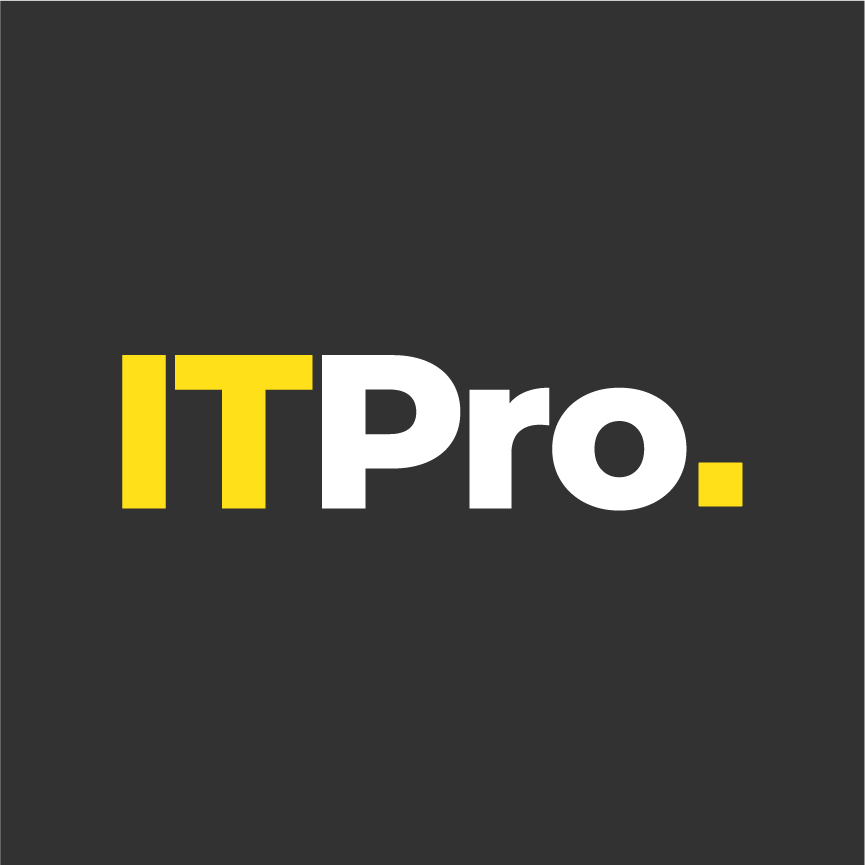Buy cheap buy twice: Probrand warns over counterfeit IT products
Price conscious buyers need to be aware of the dangers of buying cheap fakes, says Probrand

IT firm Probrand has issued a warning to customers about the dangers of counterfeit parts and products creeping into their IT.
It follows a recent report from the Intellectual Property Office (IPO), and the death of Chinese Ma Aillun, who was electrocuted by using a counterfeit Apple USB charger.
The IPO’s annual crime report shows that IT equipment was among only a handful of goods which saw a higher number of investigations this year compared to last year – computer parts, electronic components and electrical goods were three of only eight product types which saw an increase, with electrical goods moving up two places to eighth in the list of top ten goods investigated.
Probrand says the threat comes from IT products that propose to be manufactured by a brand when they are not – and some unscrupulous suppliers are providing these apparent branded products at much reduced rates.
A number of vendors have started releasing online guides and printing QR codes on products to help protect consumers and the supply chain from counterfeiting.
However, increased levels of complexity in the Original Equipment global supply network, and manufacturing in low cost regions across Asia and Eastern Europe, are enabling counterfeit parts and products to enter the supply chain.
Gary Price, business analyst at Probrand, comments: “The counterfeiting of IT goods is a growing problem, enhanced by the globalised nature of the supply chain. Businesses are unknowingly purchasing counterfeit products and believing they are Original Equipment.
ChannelPro Newsletter
Stay up to date with the latest Channel industry news and analysis with our twice-weekly newsletter
“Worryingly, the IPO charts investigations into counterfeit IT, the tip of the iceberg, highlighting the growth of counterfeit components and finished products entering the UK. The true scale of the problem will be far greater. If we proportionately apply the US Trademark and Patent office figures to the UK, counterfeiting could cost the UK economy up to £30bn and 14,800 jobs.
“Clearly, we all need to act now to protect buyer confidence in the UK IT sector.
“That means a united effort advising buyers to only buy branded Original Equipment products from reputable suppliers whilst highlighting the dangers of buying cheaper fakes.”
Probrand has developed the following five point checklist for businesses to ensure they aren’t caught out by counterfeit goods:
1. Always examine the quality of the IT products you buy.
2. Check a product has a warranty when buying. Confirm if there are any guarantees or after-sales service.
3. Always register the warranty. By registering the product with the manufacturer you’ll quickly find out whether the product is genuine or not.
4. Check the product’s designated serial number which can be used to track the product’s authenticity with the manufacturer. Also check labels and packaging for quality. Watch for poor spelling and poor logo printing.
5. Check whether you’re buying from a trusted supplier. IT manufacturers normally have a list of approved suppliers on their website - by purchasing from these official partners you reduce the likelihood that a product is counterfeit.
6. Does the price look too good to be true? The IT market operates with low margins, if a product appears to be exceptionally cheap, ask some further questions.
If businesses suspect that a product may be counterfeit, they should contact Trading Standards and the owner of the product’s trademark.
ITPro is a global business technology website providing the latest news, analysis, and business insight for IT decision-makers. Whether it's cyber security, cloud computing, IT infrastructure, or business strategy, we aim to equip leaders with the data they need to make informed IT investments.
For regular updates delivered to your inbox and social feeds, be sure to sign up to our daily newsletter and follow on us LinkedIn and Twitter.
-
 CISA issues warning in wake of Oracle cloud credentials leak
CISA issues warning in wake of Oracle cloud credentials leakNews The security agency has published guidance for enterprises at risk
By Ross Kelly
-
 Reports: White House mulling DeepSeek ban amid investigation
Reports: White House mulling DeepSeek ban amid investigationNews Nvidia is caught up in US-China AI battle, but Huang still visits DeepSeek in Beijing
By Nicole Kobie
